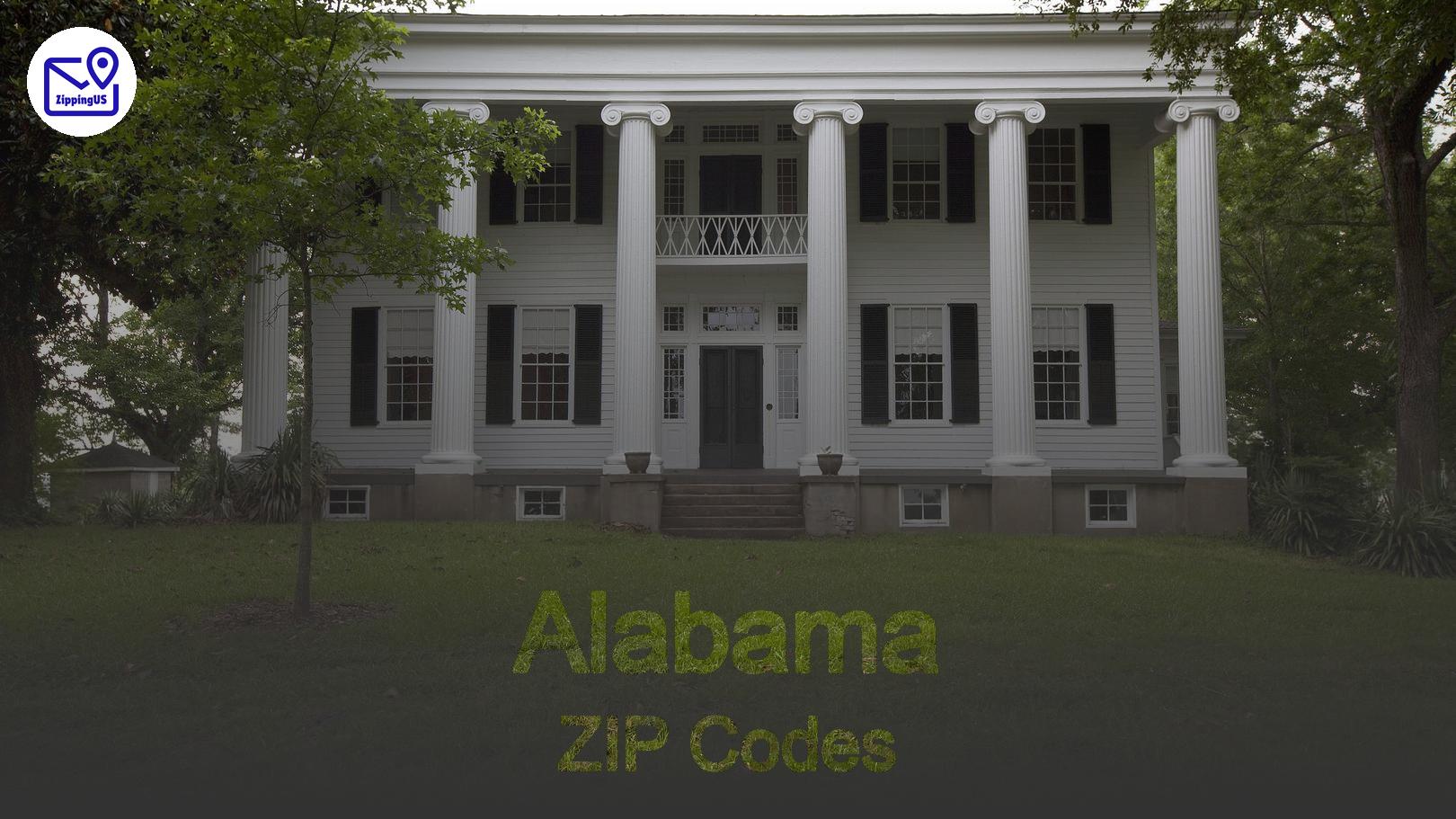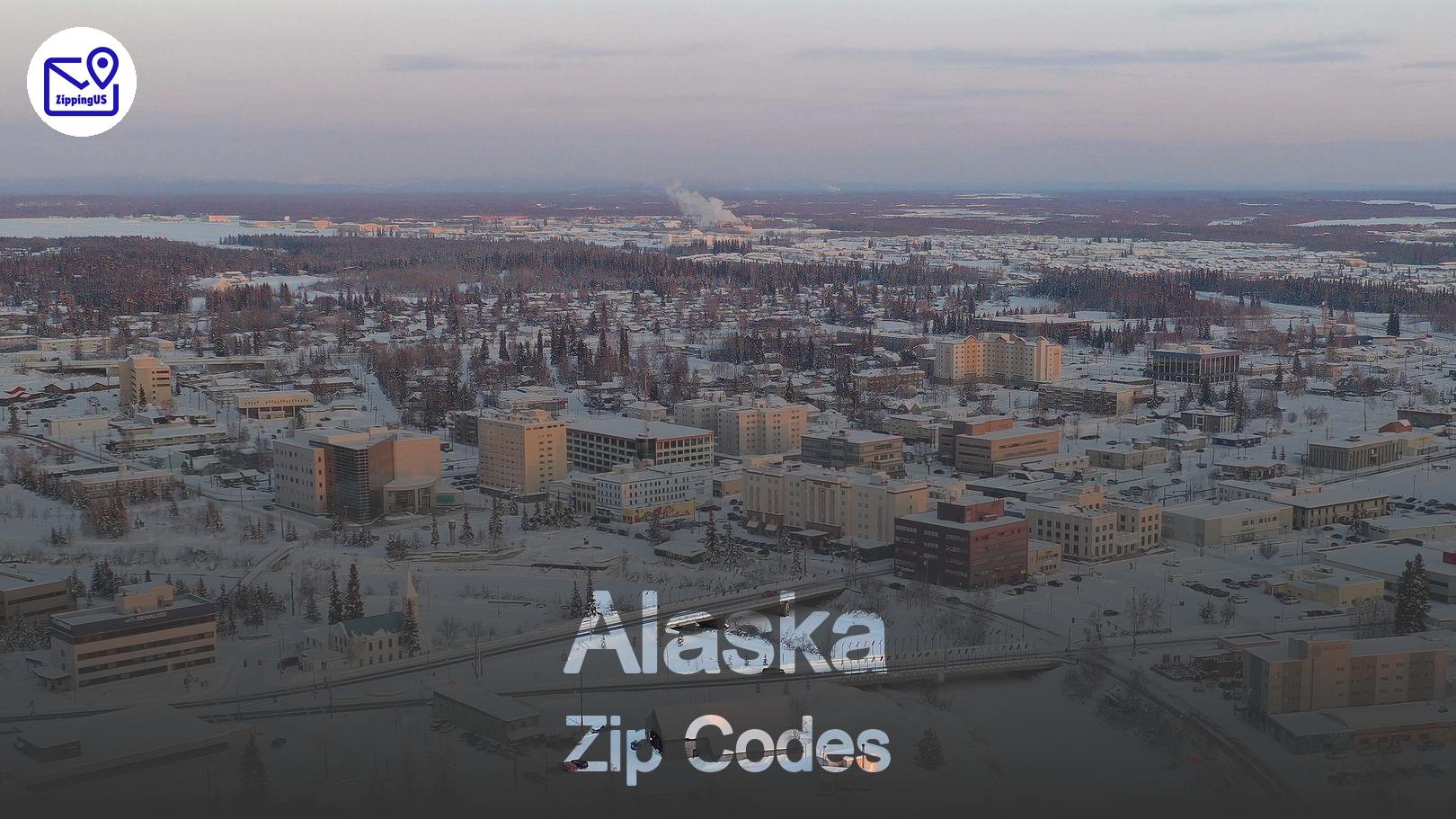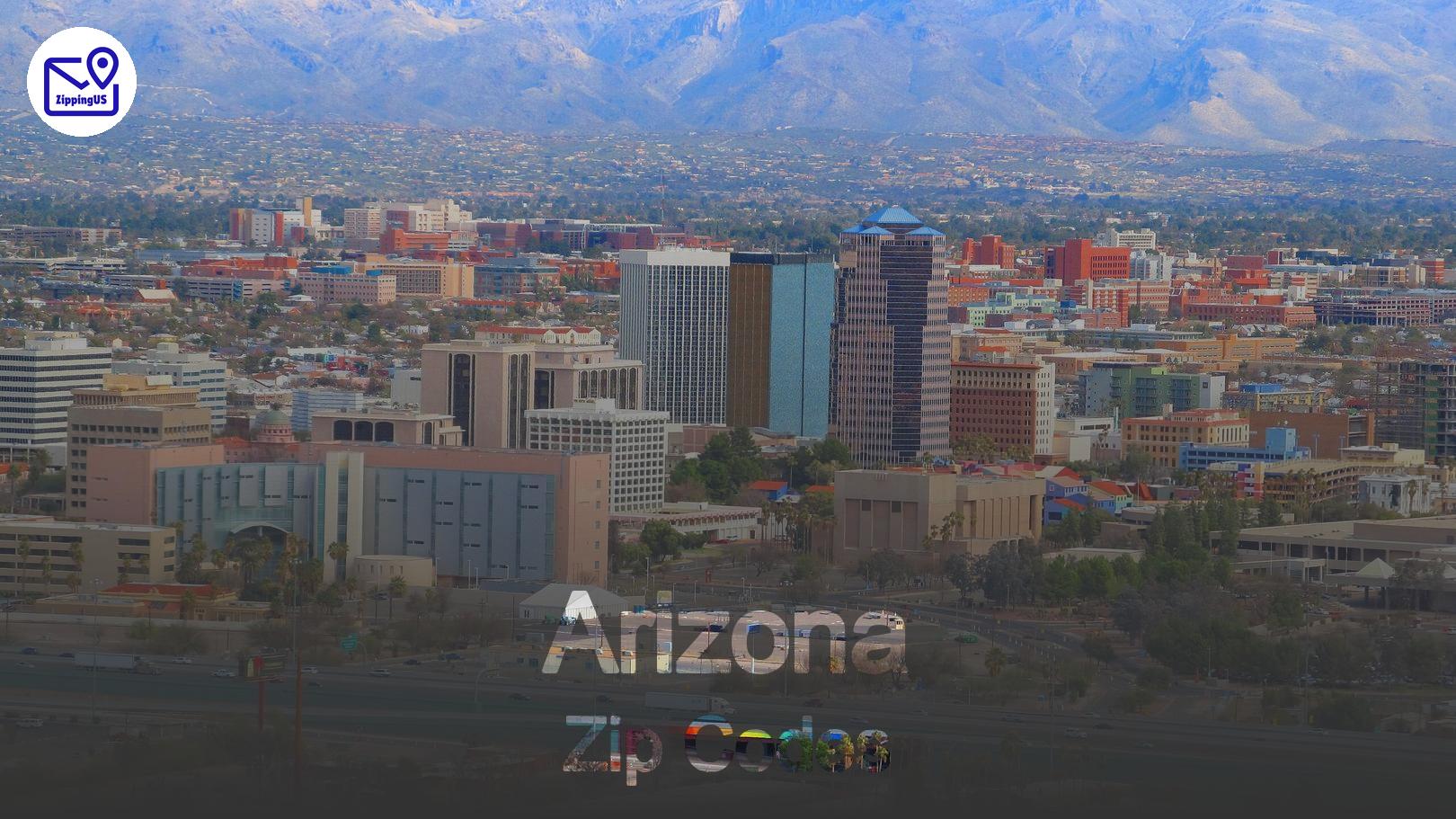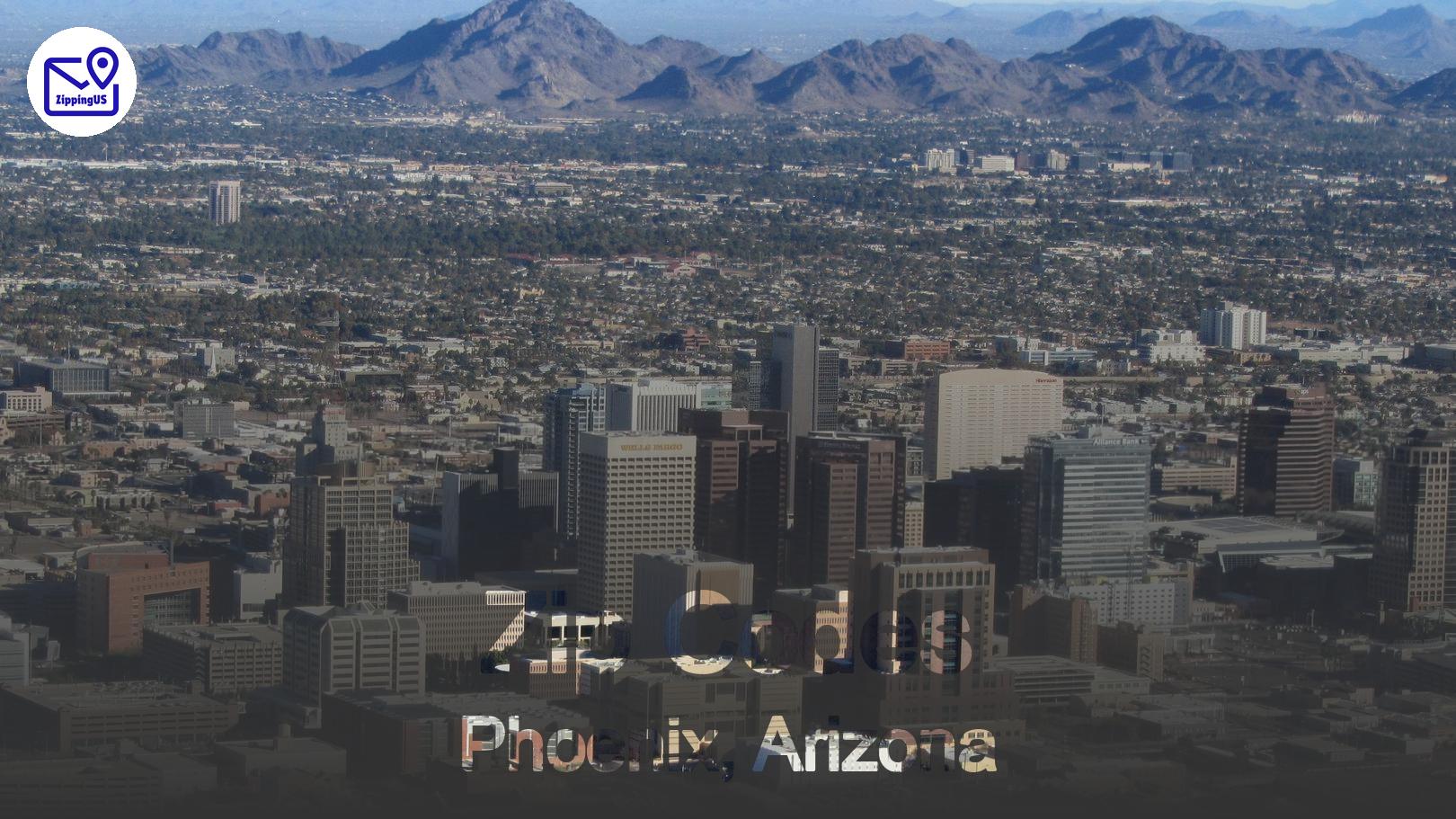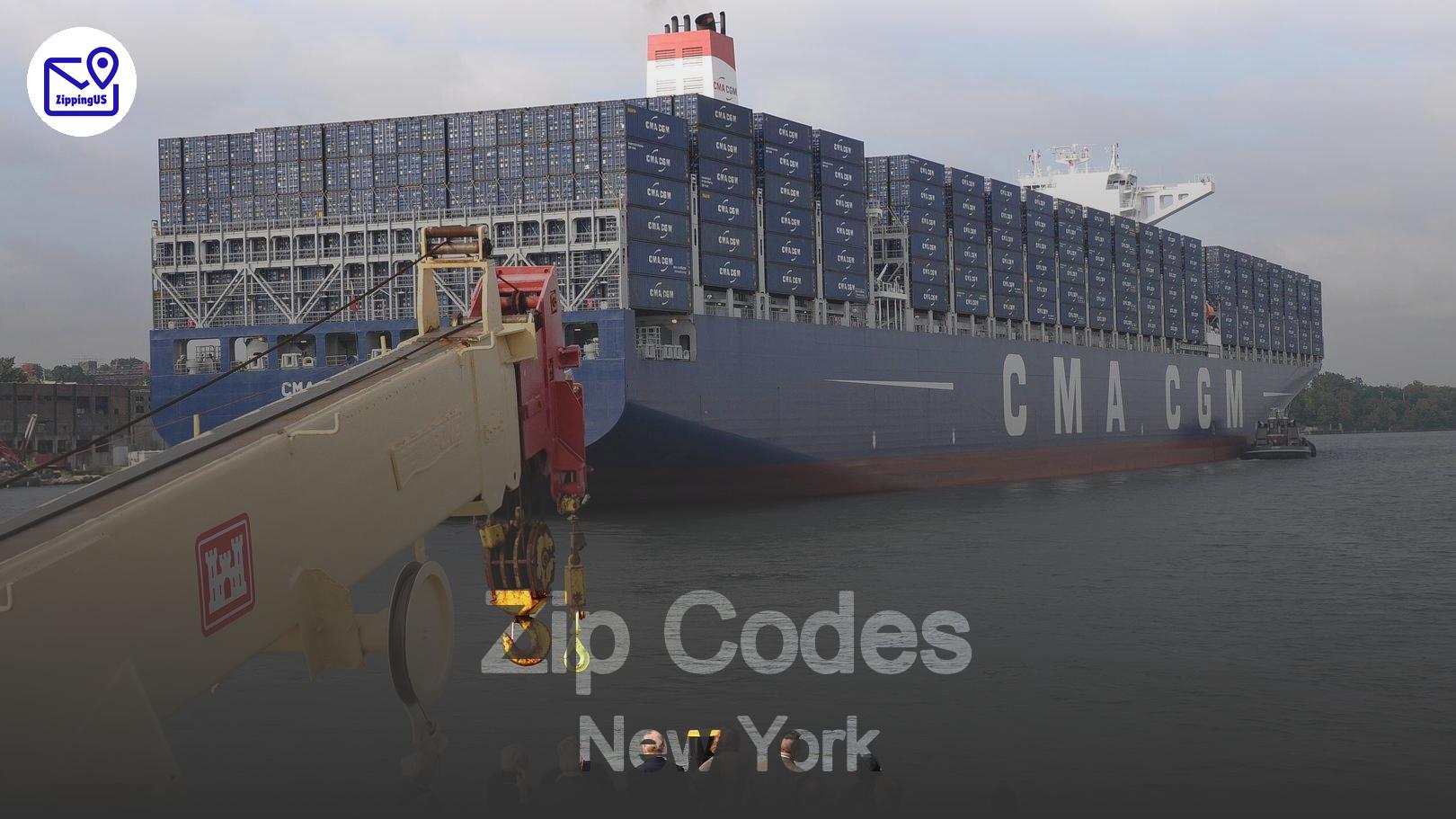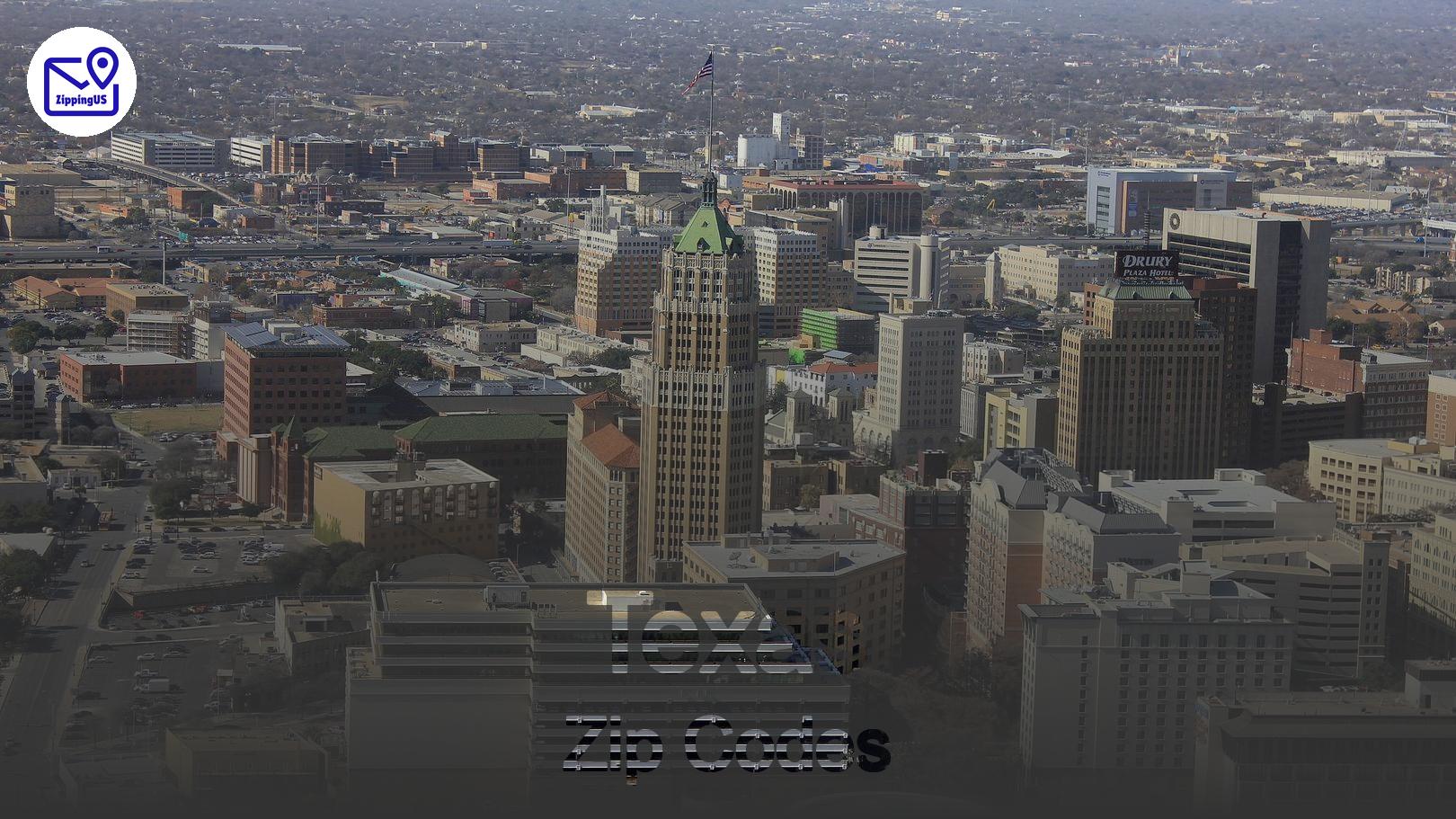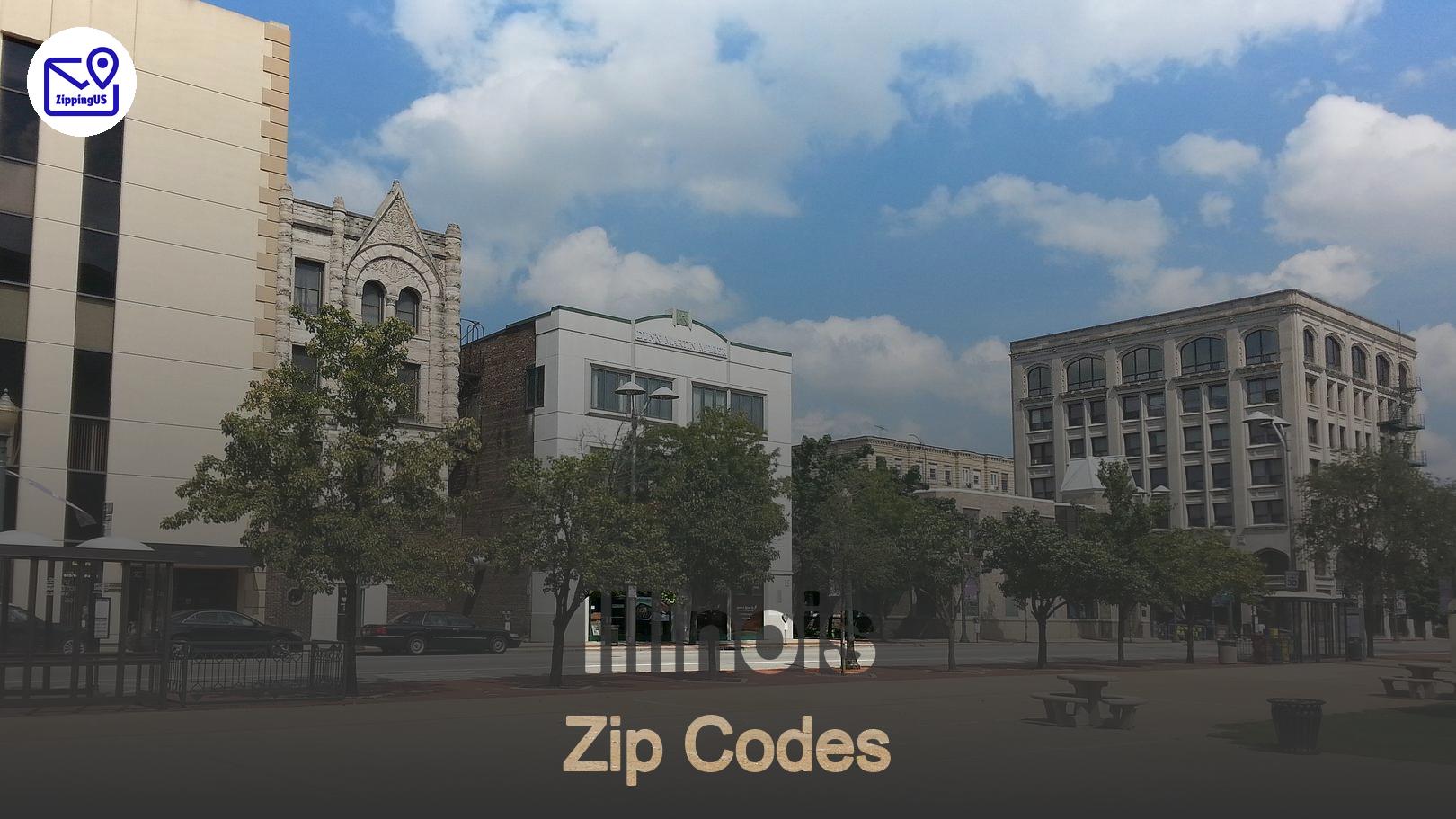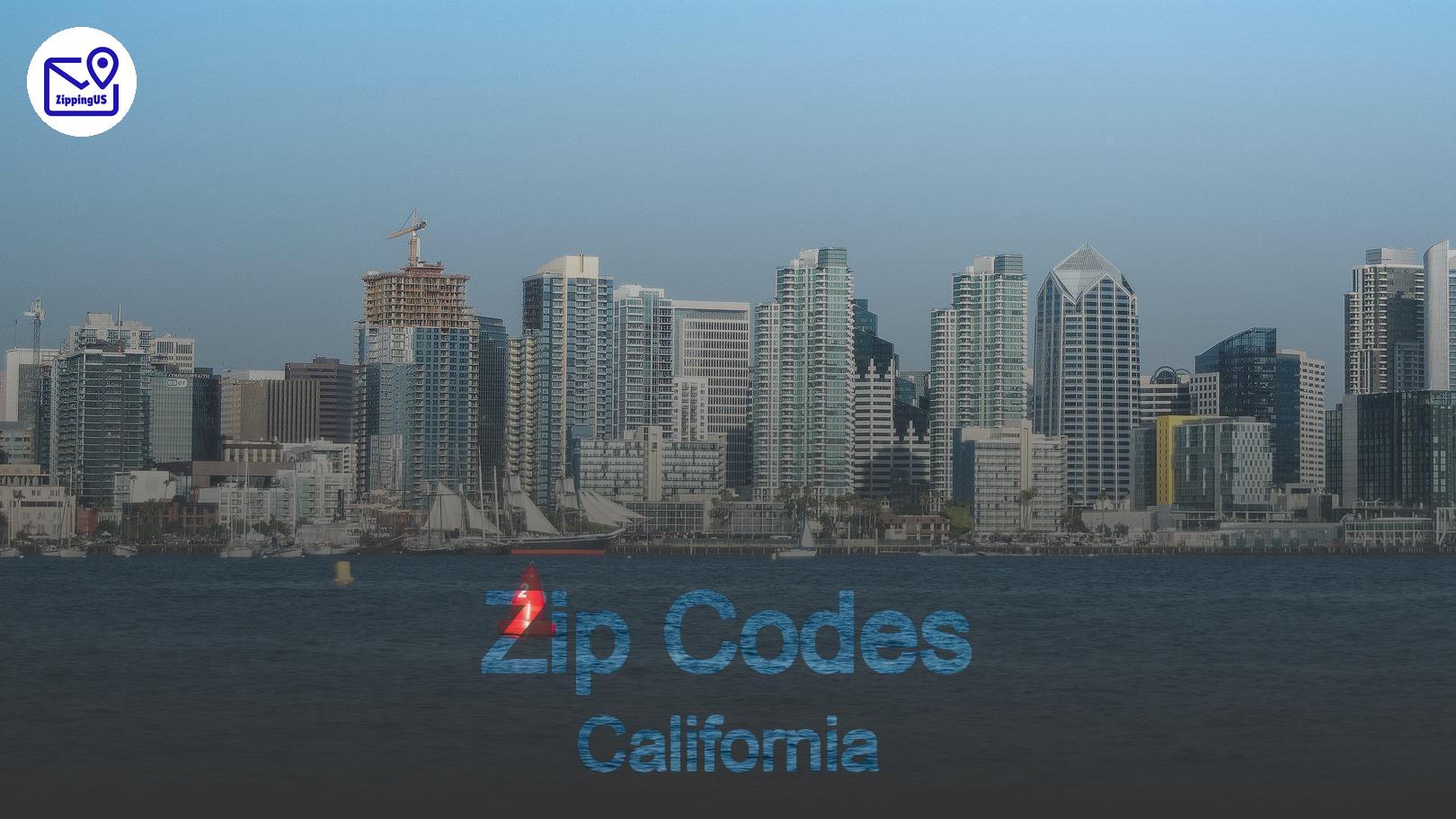If you're looking for Minnesota zip codes, you’ve come to the right place! Whether you’re sending mail, moving to a new area, or just curious, Minnesota's zip codes can tell you a lot about the state. We’re breaking down everything from basic info to fun facts about zip codes in the Land of 10,000 Lakes.

What Are Zip Codes?
Zip codes are those little numbers you use to send mail, right? Well, they do more than just help your letters get where they’re going. Zip codes are crucial for sorting mail, identifying locations, and even influencing things like tax rates or shipping fees. In Minnesota, just like in other states, zip codes are organized by region, helping mail carriers get your packages delivered quickly and accurately.
Minnesota zip codes
Understanding Minnesota’s Zip Code System
Minnesota’s zip codes start in the 550s and range up to the 567s. But why those numbers? The U.S. Postal Service assigned the 55-56 range to Minnesota to help organize the state's delivery routes. Each zip code typically covers multiple blocks in a city or, in rural areas, even several towns or townships.
Minnesota Zip Codes by Region
Minnesota is a big state, so its zip codes are divided by region to make things easier. Let’s break it down:
- Twin Cities Metro: This includes Minneapolis and St. Paul, plus surrounding suburbs like Bloomington and Eden Prairie. Zip codes here mostly start with 55.
- Northern Minnesota: Cities like Duluth and Grand Rapids dominate this region. Zip codes usually start with 556 or 557.
- Southern Minnesota: Home to cities like Rochester and Mankato, zip codes in this area often begin with 559.
Fun Facts About Minnesota Zip Codes
- Lowest Zip Code: The lowest Minnesota zip code is 55001, which belongs to Afton, a charming little town along the St. Croix River.
- Highest Zip Code: The highest zip code is 56763, which belongs to the northern town of Warroad, not far from the Canadian border.
- Interesting Patterns: Minnesota’s zip codes are mainly sequential. As you move from south to north, the numbers generally increase.
Why Minnesota Zip Codes Matter
Shipping and Delivery Costs
Ever notice how shipping fees change based on where you live? Your zip code affects that! For example, shipping to 55402 (downtown Minneapolis) might be cheaper than sending a package to 56701 in Thief River Falls due to how remote the location is.
Sales Tax Rates
Minnesota has a base sales tax rate of 6.875%, but your zip code could determine if there’s an extra local sales tax on top. In areas like Minneapolis, additional taxes may apply, while rural areas might stick closer to the base rate.
Navigational and Practical Uses
Finding Zip Codes
Need to figure out a zip code for a Minnesota address? There are tons of online tools where you can search for zip codes by city or even by street name. Whether you’re looking to send mail or check out neighborhood data, these tools come in handy.
Zip Codes for Popular Minnesota Destinations
| City | Zip Code |
|---|---|
| Minneapolis | 55401-55488 |
| Saint Paul | 55101-55199 |
| Rochester | 55901-55906 |
| Duluth | 55801-55816 |
| Bloomington | 55420-55438 |
Planning a road trip through Minnesota? These zip codes will make it easier to look up places to stay, restaurants, and attractions.
Using Zip Codes for Real Estate and Demographics
Zip Codes and Real Estate
House hunting? Your future zip code could affect more than just your mail. Real estate prices often vary greatly between different zip codes in Minnesota. For example, homes in 55403 (a Minneapolis downtown zip) might cost a pretty penny compared to 56301 in St. Cloud, where prices tend to be more affordable.
Demographics by Zip Code
Zip codes can give you a snapshot of the people living in a certain area. Using census data tied to zip codes, you can find out everything from average household income to population density. Want to know more about who lives in a particular area before moving there? Zip codes can help with that.
Special Uses of Zip Codes
School District Boundaries
In Minnesota, zip codes can sometimes be used to determine school district boundaries. Parents looking to move often use zip codes to figure out which schools their children would attend. For example, living in the 55448 zip code in Coon Rapids might put you in the Anoka-Hennepin School District.
Emergency Services
Emergency services like fire departments and ambulance services often use zip codes to plan out their routes and coverage areas. Knowing the zip codes for your area can help ensure quick response times in case of an emergency.
Zip Codes and Business
Zip Codes and Local Businesses
Many businesses in Minnesota use zip codes to determine their delivery zones. Whether it's a pizza place or a home cleaning service, businesses often limit their services to certain zip code areas for logistical reasons. So, if you’re ever wondering why a restaurant won't deliver to your home in 55109, it's likely because you’re outside their delivery zone.
Marketing and Zip Codes
Ever notice how some stores send you coupons or flyers based on where you live? That’s zip code targeting! Businesses use your zip code to send promotions to nearby customers, making sure they’re reaching the right audience.
Frequently Asked Questions (FAQs)
What is the most common zip code in Minnesota?
The most common zip code in Minnesota is 55416, which includes parts of both Minneapolis and the suburb of Saint Louis Park. It’s a bustling area with a mix of residential homes and businesses.
How do I find a zip code for a specific address in Minnesota?
You can use the USPS website or other online tools to search for zip codes by entering an address or city name. Just type in the address, and the tool will display the correct zip code.
Can zip codes change over time?
Yes! Zip codes can be updated or expanded as cities grow or delivery routes shift. This happens especially in rapidly growing areas where the demand for mail services increases.
Why do some zip codes cover multiple cities?
In rural areas of Minnesota, like up north near the Boundary Waters, it’s common for one zip code to cover several smaller towns. It makes it easier for mail carriers to deliver efficiently.
How many zip codes are there in Minnesota?
There are over 900 zip codes in Minnesota. The number fluctuates slightly as new zip codes are added for growing cities or expanded services.
Conclusion
Minnesota’s zip codes do a lot more than help the mail get to you. They tell stories about the regions they cover, affect your costs for services, and can even guide you when looking for a new home or planning a trip. Whether you’re curious about your own zip code or trying to learn about another part of the state, these little numbers pack a lot of information!
So, next time you punch in your zip code, just remember—you’re not just helping mail carriers find your house. You’re tapping into a system that’s been helping people stay connected since the 1960s.
That’s your full guide to Minnesota zip codes. Got any more questions? Check out the FAQs or use online tools to find more specific zip code information!

